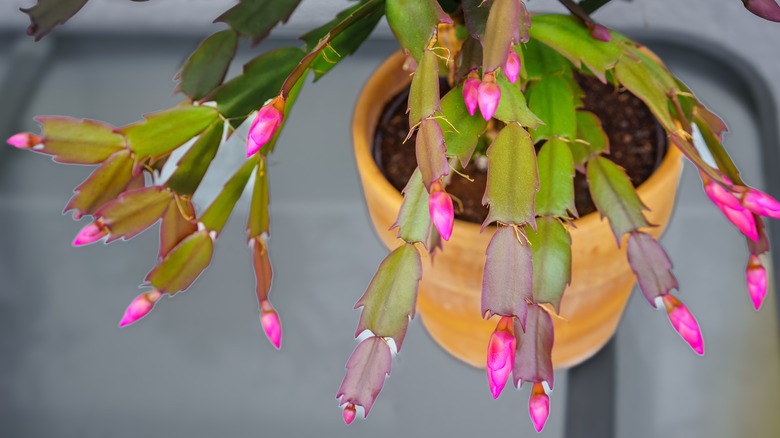How To Care For Your Outdoor Christmas Cactus
Whereas cacti can be great plants for beginner gardeners, caring for an outdoor Christmas cactus requires a solid grasp of its unique requirements. The Christmas cactus, known scientifically as Schlumbergera, is a popular holiday plant characterized by its segmented stems and stunning, tubular flowers that bloom in vibrant shades of pink, red, or white. Unlike traditional cacti, which thrive in arid desert environments, the Christmas cactus originates from the humid cloud forests of Brazil, making it essential to choose the right conditions for its growth.
This plant prefers partial shade, so consider placing it in a spot that receives filtered sunlight, particularly during the hottest parts of the day. Areas with morning sun and afternoon shade are ideal, as this mimics its natural habitat. Temperature is another crucial factor; Christmas cacti flourish in temperatures ranging from 60°F to 70°F (15°C to 21°C). If you live in regions with harsh winters, it's important to bring your cactus indoors when temperatures drop below 50°F (10°C).
Watering practices also differ from those of typical cacti. While many cacti require minimal water, the Christmas cactus benefits from regular moisture. Water it thoroughly when the top inch of soil feels dry, but avoid overwatering, as this can lead to root rot. Additionally, using a well-draining potting mix will help maintain the right moisture levels.
Maintaining optimal conditions for growth and blooming
Once you have established a suitable environment for your outdoor Christmas cactus, ongoing care is essential for promoting healthy growth and vibrant blooms. Fertilization plays a key role in this process. During the growing season — typically spring and summer — apply a balanced liquid fertilizer every month. This will provide the necessary nutrients to support robust growth and enhance flowering potential.
Pest management is another important aspect of caring for your Christmas cactus outdoors. Keep an eye out for common pests such as mealybugs and spider mites. If you notice any infestations, treat them promptly with insecticidal soap or neem oil to prevent damage to your plant.
If you want to go all-in on cacti, consider incorporating xeriscaping principles into your garden design if you're looking for low-maintenance landscaping solutions. This approach focuses on drought-tolerant plants like cacti and succulents that require minimal watering, making it an excellent choice for busy gardeners or those living in arid regions. Lastly, pruning your Christmas cactus after blooming can encourage bushier growth and more prolific flowering in subsequent seasons. By maintaining these practices, you'll ensure that your outdoor Christmas cactus remains healthy and continues to dazzle with its beautiful blooms year after year.

